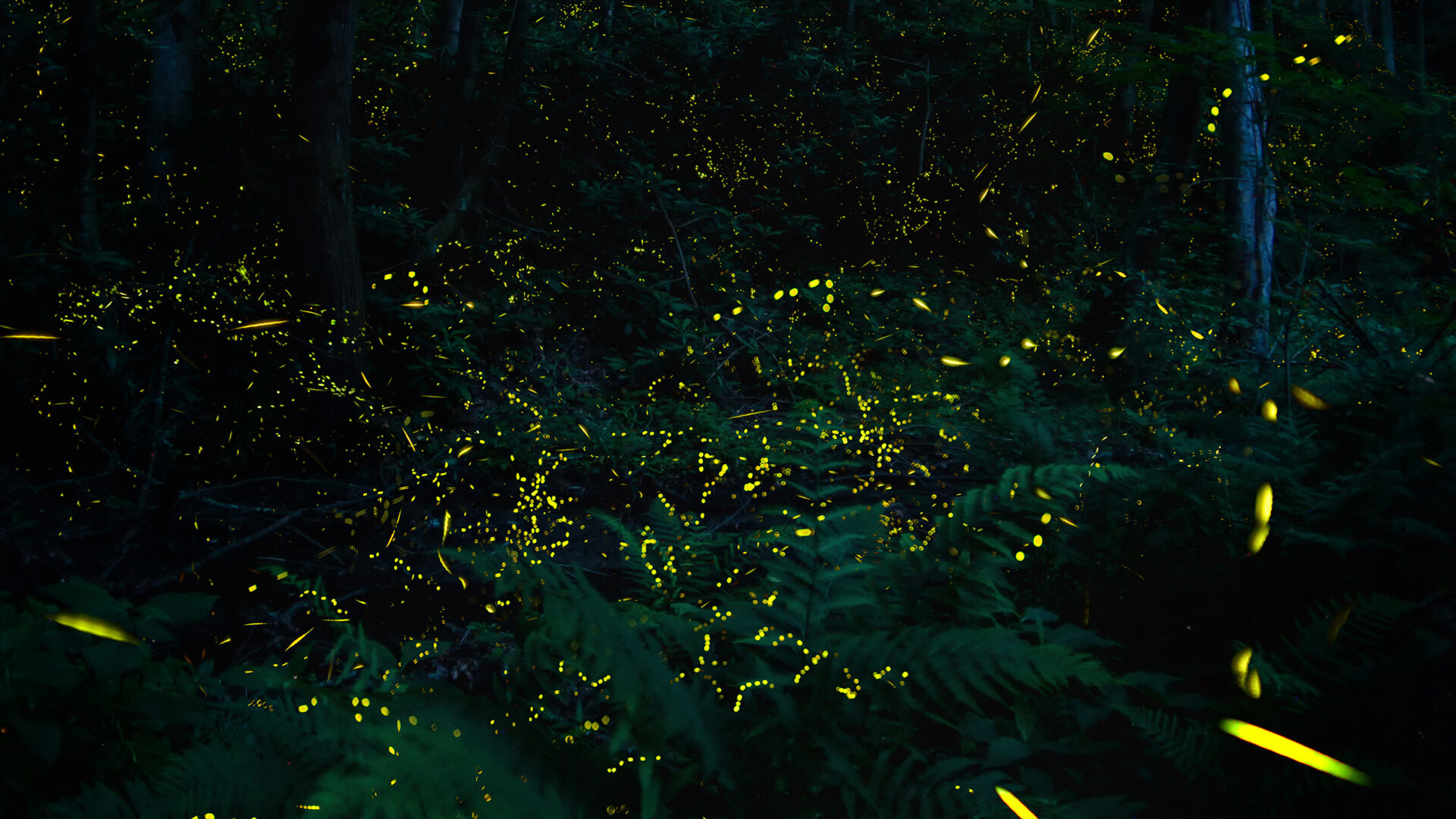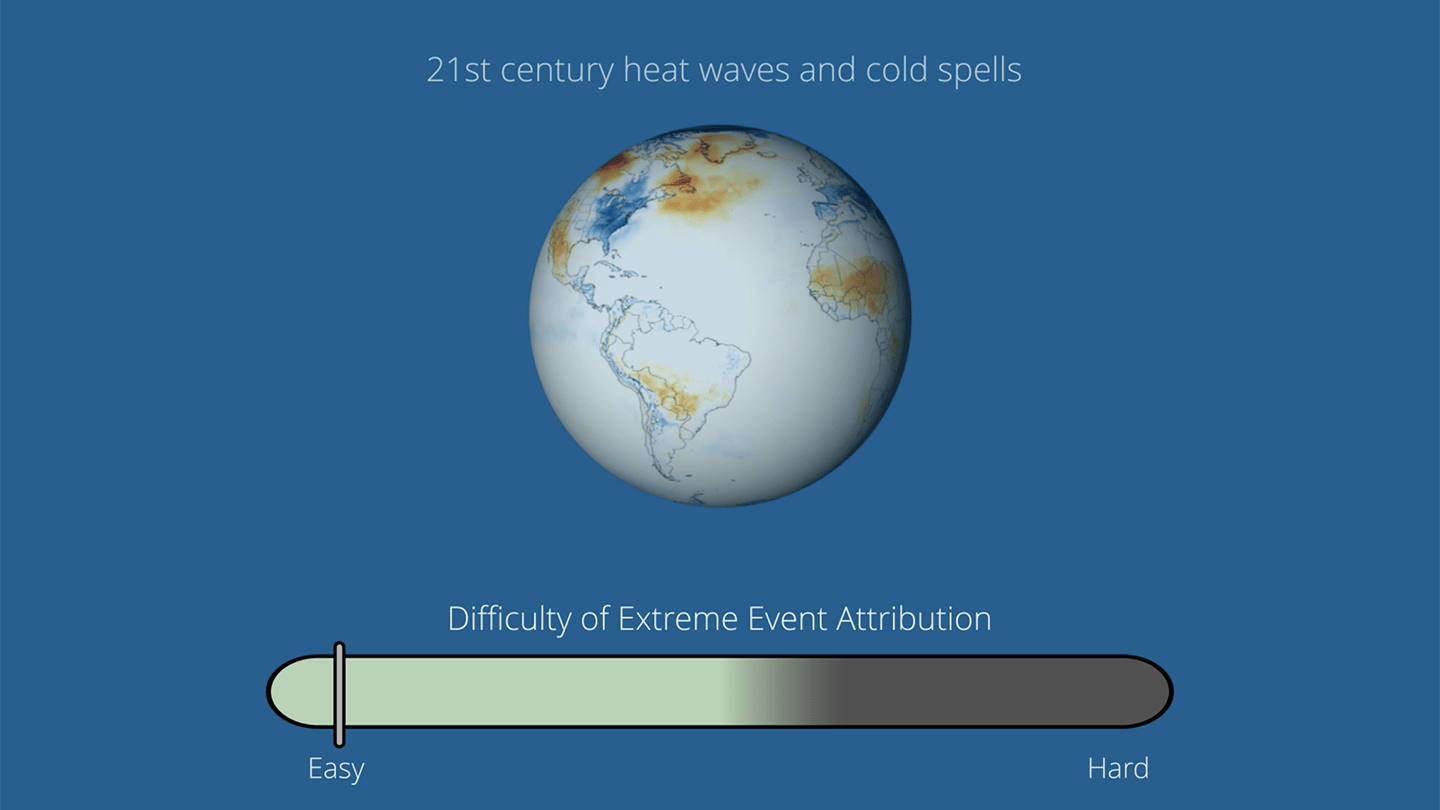Extreme Climate Survey
Science News is collecting reader questions about how to navigate our planet’s changing climate.
What do you want to know about extreme heat and how it can lead to extreme weather events?
Van Ede thinks of the brain as an organ of anticipation. Whether we’re riding a bike, driving a car or catching a ball, using recent experience to guide upcoming actions is a process our brains are performing at all times. “It’s really at the core of cognition,” van Ede says. This process depends on working memory, the ability to store information short-term, but also attention — because we have to select from that stored information to translate it into action. “It’s really a fundamental process, and I think that’s what appeals to me about it. And I want to understand how it works.”
Though scientists often form subdisciplines that treat different aspects of brain functions as discrete areas of research, van Ede hopes to combine studies of working memory and attention to get a better understanding of thought as a whole. Along the way, van Ede and his colleagues have developed new techniques to measure exactly how people might be processing the world around them.
Van Ede and his collaborators have “really pushed the investigation of the relationship between attention and working memory in sort of new and fresh directions,” says Tobias Egner, a cognitive neuroscientist at Duke University. “It’s really gained fresh momentum in the last decade, and I think Freek’s work is being quite influential in that.”
Paying attention to time
During his undergraduate studies at Utrecht University in the Netherlands, van Ede was thrilled to find out that he could continue studying and learning for his whole career — all he had to do was become a scientist. He especially recalls what drew him to his eventual postdoctoral mentor, Kia Nobre, who is now at Yale University. He remembers “just reading her studies and thinking, ‘Hey, there’s somebody doing things a bit different than most people do it.’”
At the time, most cognitive neuroscientists were looking at attention in terms of space —putting blocks in different places on a screen, for example, and asking people to select among the blocks. Nobre, however, was interested in how time might play a role.
Van Ede began thinking about the question of time, too. After all, we don’t spend our lives frozen in time, responding to objects on a screen. We move through the world and see things in sequence. “When we perform a dance, or even ride a bike or anything we do,” van Ede says, “our movements are carefully orchestrated in time.”
Getting a more real-world picture means measuring brain activity in real time, which is why van Ede uses electroencephalography, or EEG (SN: 7/6/21). “It’s kind of remarkable that we can put an electrode on somebody’s skull … and we can measure electrical activity emitted by the brain,” he says. “That means we can measure brain activity as it’s happening.” People can also move freely in EEG caps, and so encounter the world more realistically.
The eyes have it
At first, van Ede and his colleagues were pairing EEG with eye-tracking data — a way to ensure participants looked at what they were told to. “One day, I decided to actually dive in and explore the eye data,” van Ede says. “I think out of curiosity really.” He found that when someone was asked to recall something about an object that had been on-screen, their gaze flicked toward where the object had been, even though it was no longer there.
That flicking was detectable as microsaccades — tiny unconscious movements that your eyes make multiple times per second. These microsaccades are invisible to the naked eye and are smaller than the saccades that your eyes make two to three times per second to take in a visual scene.


When study participants shifted their attention to focus on where an object had been, the microsaccades were systematically pulled in the direction of that attention shift. “We soon realized this discovery also opened new opportunities for ‘tracking the mind’s eye,’” van Ede says, and so deciphering what information the brain is using to plan future action.
Van Ede’s lab has used the technique to show that when preparing for the future, the brain doesn’t hold multiple pieces of disparate information and wait until all the information is in to make a plan. Instead, the brain plans possible actions as each piece of information comes in — even though the brain can only select one plan in the end.
Van Ede “seems to be very good at coming up with new twists on older designs” for a task, Egner says, “looking at new measures and old measures in new ways.”
The surprise finding is emblematic of the curiosity-driven research that van Ede hopes to emphasize in his lab. A basic understanding of how the brain plans actions could someday help us understand memory disorders or attention problems, but that’s not the primary driver. What he and his team choose to study is “a little bit based on our intuition, even what is interesting, or based on some intriguing findings that we want to chase down,” van Ede says.

In recent work, van Ede and colleagues are looking for signs of the systematic pulling of microsaccades while participants play in virtual reality. Study participants work inside a virtual world where objects flow past, like signs would on a street, rather than flashing on-screen as is typical in such tests. Meanwhile, van Ede tracks the tiny eye movements to see how participants’ brains are using the information they recently encountered to make a plan. It’s one step closer to biking through the streets of Amsterdam.
*
Source link





No comments! Be the first commenter?